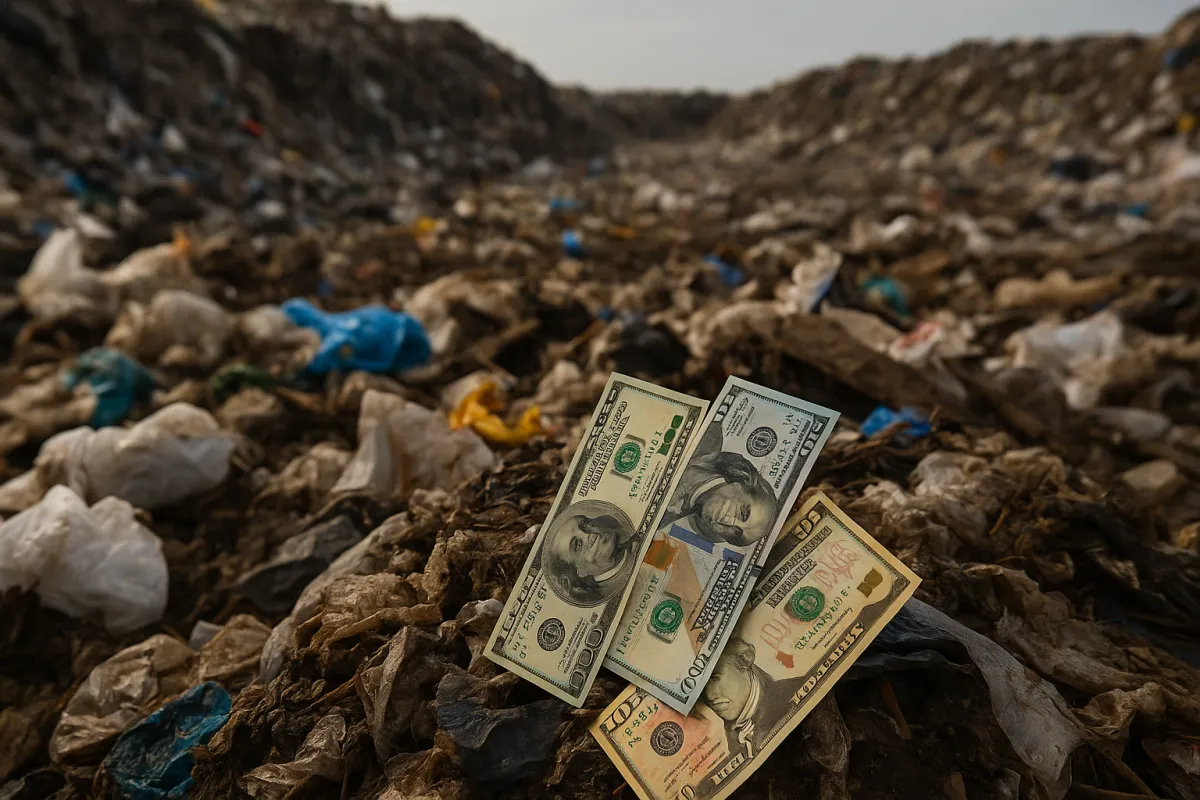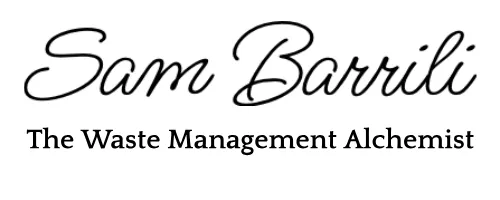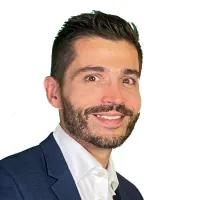Articles

The $11 Billion Blind Spot: What Every U.S. Waste Company Is Burying (Literally)
Here’s the hard truth most waste company owners don’t want to hear:
You’re not in the waste business.
You’re in the resource business.
And right now, while you’re paying to dump those resources into landfills, someone else—somewhere in Europe or Asia—is getting rich processing the exact same stuff you’re throwing away.
Let me explain.
The Numbers That Should Make You Sick
According to the latest U.S. EPA data, over 146 million tons of municipal solid waste are landfilled every year.
Not recycled. Not repurposed. Just buried.
Now, here’s where it gets painful.
Based on material composition and current market values, the U.S. is burying more than $11 billion in usable raw materials every single year.
Plastics: ~$7.2 billion
Paper & Cardboard: ~$4 billion
Metals, glass, textiles, and others: billions more left uncounted.
That’s not theory. That’s market value.
The same value scrap traders and secondary-raw-material buyers are making fortunes from—while you’re paying $62 per ton to landfill it.
You’re literally paying to lose money.
The Real Reason It Happens
It’s not because you don’t know better.
It’s because the entire U.S. system has been built around convenience.
Landfilling looks simple.
The gate fee is predictable.
The municipalities are happy as long as the trash disappears.
But convenience is killing your margins.
What’s happening is this: while you fight for new collection contracts and tighter hauling routes, you’re ignoring the hidden mine under your nose—the one sitting right on your tipping floor.
Every ton of mixed waste that goes to the landfill contains plastic, paper, textiles, and wood with calorific values between 15 and 25 megajoules per kilogram.
That’s industrial-grade fuel.
In Europe, it’s called SRF – Solid Recovered Fuel.
Here, we just call it “trash.”
Same material. Different mindset.
That’s why their operators are making money, and ours are paying to bury it.
The Fuel You’re Throwing Away
Let’s talk about RSF—Recovered Secondary Fuels.
It’s not complicated.
You already have the input: non-recyclable plastics, paper, wood, and textiles.
You shred it, de-metal it, blend it, and dry it to a standard spec.
Now it becomes a commodity.
Not waste—fuel.
Fuel that:
Cement kilns can buy to replace 20–30% of their fossil feed.
Power plants can co-fire to reduce volatility in natural gas costs.
And private buyers can lock in under long-term off-take agreements.
In the EU, this is a mature, billion-dollar market.
In the U.S., it’s almost untouched.
Why? Because we’re still hypnotized by the “waste removal” model instead of the “resource production” model.
You’re not hauling trash—you’re mining feedstock.
The Hidden Math (and Why It’s Insane Not to Act)
Let’s break it down in street terms.
The U.S. sends 146 million tons of waste to landfills annually.
Even if you process just 20% of that into RSF, you’d generate about 29 million tons of engineered fuel.
Each ton has an energy value equivalent to about 0.4 barrels of oil.
That’s roughly 12 million barrels of oil equivalent energy every year—just sitting in dumps.
Now, imagine getting paid for that fuel instead of paying to bury it.
Imagine every landfill load becoming a product instead of a cost.
That’s the entire business model shift.
It’s not about saving the planet.
It’s about saving your margins and creating new cash flow lines that don’t depend on slow-paying municipalities.
How To Flip The Model
Here’s what the smartest operators are doing right now:
Split the streams.
Create two product lines: high-value recyclables (plastics #1/#2, metals) and RSF (mixed non-recyclables).Sell before you process.
Lock in off-take agreements with cement plants or energy users before you even start upgrading your equipment.Standardize your product.
RSF has specs—moisture, chlorine, calorific value. Hit those, and you’re in business. Miss them, and you’re just another hauler.Play the local advantage.
Cement kilns and industrial burners want short supply chains. You’re already there. You’re collecting the material every day.
Reinvest your tipping fees.
Every $62/ton you pay to landfill could finance a local sorting and shredding operation that pays you back tenfold.
The Real Opportunity
This isn’t a “maybe in the future” conversation.
The buyers already exist. The specs already exist. The technology is plug-and-play.
What’s missing is you.
Small and mid-size operators who see the shift before everyone else.
Who stop seeing waste as a burden and start seeing it as a cashflow stream disguised as trash.
That’s how every industrial revolution starts: one guy who decides to think differently.
You can wait until the big players buy the technology and squeeze you out.
Or you can move now—while the door’s still open and the margins are fat.
My Advice
Stop calling yourself a waste company.
Start calling yourself what you really are—a resource company.
Because once you control your waste, your sorting, and your off-take—you don’t just make a profit.
You own the future supply chain.
And if you’re serious about this, here’s what to do next:
Book a free strategy call with me.
We’ll map out exactly where in your current operation you’re leaving money on the floor—and how to flip that waste stream into weekly cashflow.
You don’t need investors.
You don’t need permission.
You just need to stop burying what you already own.
Sam Barrili
The Waste Management Alchemist
Founder, Centurion Waste Alliance


Sam Barrili
I'm known as the go-to guy for talking about business strategies and growth strategies for waste management companies.
I started my journey in this field in 2009 when I finished my degree in Toxicological Chemistry and joined a wastewater treatment company to develop its market.
Since then, I helped dozens of waste management companies in America and Europe increase their annual profits by over 25 million dollars thanks to my SAM Method.
If you want to know if I'm a good fit for you, read an article or watch a video.
If you find it helpful, I’m probably a good match.
If not, that's OK too.
Call +1 (801) 804-5730
Email: [email protected]

